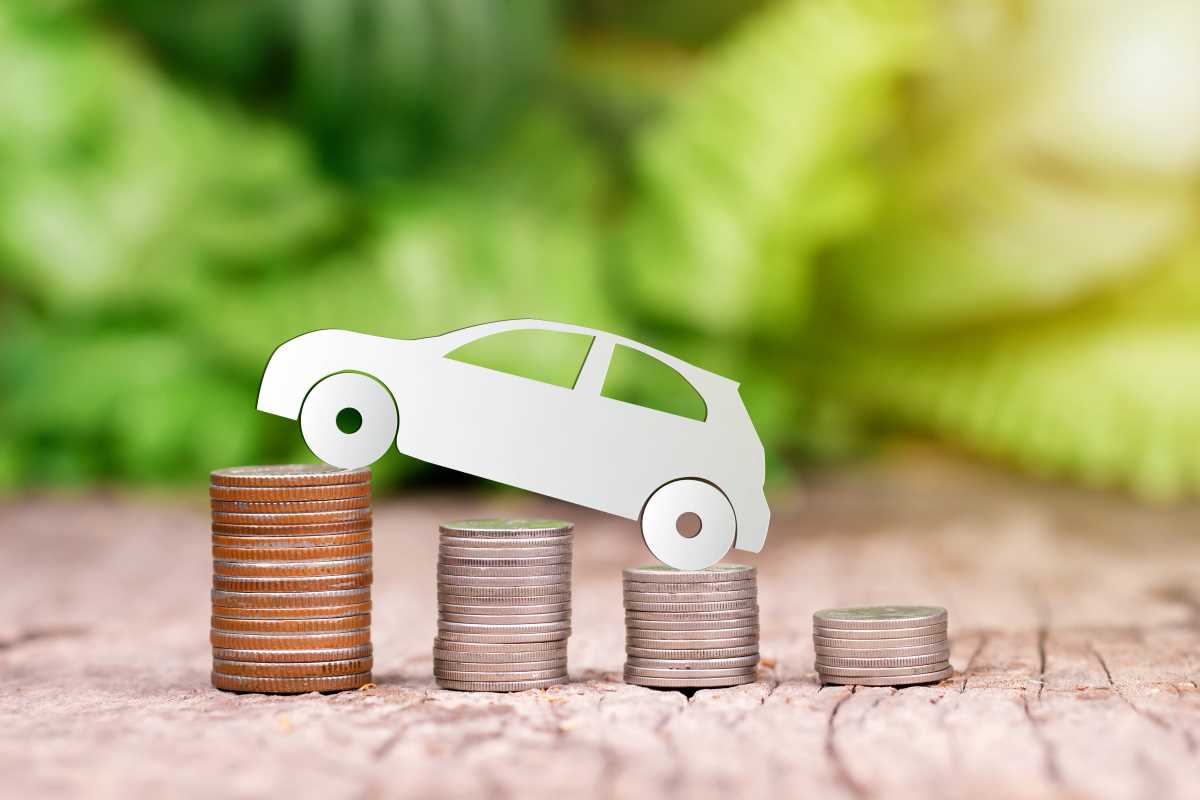Buying a car is already a significant financial decision, but financing a vehicle adds even more layers to the process. If you’re planning to finance your next car, you might have heard of something called gap insurance. While it may not sound as exciting as choosing your car’s color or tech features, gap insurance is an important topic for anyone taking out a loan to buy a car. Put simply, it’s a type of insurance that covers the “gap” between what you owe on your car loan and what your car is worth if it’s totaled or stolen. That gap can turn into a financial headache without proper coverage. Understanding how gap insurance works and whether it’s worth getting can save you from potential stress down the road.
What Is Gap Insurance?
Gap, which stands for “Guaranteed Asset Protection,” is designed to cover the financial difference between the amount you owe on your car loan and the vehicle’s actual cash value (ACV) as determined by your insurance company. It comes in handy when something unfortunate, like an accident or theft, renders your car a total loss.
Here’s why this is important. Cars depreciate quickly, and if you’ve financed a large portion of your car’s purchase price, there’s a good chance that the loan balance will be higher than the car’s ACV, especially early in the loan term. For instance, you might owe $20,000 on your car loan, but after depreciation, your car’s insurance payout is only $16,000 if it’s totaled. Without gap insurance, you’d still owe the $4,000 difference out of pocket.
Gap insurance steps in to cover that remaining amount, meaning you don’t have to pay for a car you can no longer drive. For many car buyers, especially those financing or leasing, this protection can provide much-needed peace of mind.
When Does Gap Insurance Make Sense?
Gap insurance isn’t necessary for everyone, but it can be a smart move in certain situations. If you’re financing most of your car’s purchase price with a small down payment, gap insurance is highly recommended. Cars lose roughly 20-30% of their value in the first year alone, so it’s easy to end up “upside down” on your loan, where you owe more than the car is worth.
Leasing a car is another scenario where gap insurance is a must. Many lease agreements even require it. Since monthly lease payments typically account for the car’s depreciation rather than building equity, the gap between the leased vehicle’s worth and what’s owed can be significant.
If you’re buying a car with a long loan term, such as 60 or 72 months, gap insurance could be worth considering. Longer loans reduce monthly payments by stretching out repayment, but they also increase the time it takes to build equity in the car. During the early years of the loan, you’re more likely to owe more than the car’s ACV, which is where gap insurance proves valuable.
Even buyers who choose a used car can benefit from gap insurance in some cases. If the car was pricey or if you rolled an old loan balance into your new one, it’s worth checking whether gap coverage is appropriate. While depreciation isn’t as extreme for used cars compared to new ones, it still happens, and being upside down on a loan isn’t exclusive to brand-new vehicles.
How to Get Gap Insurance
If gap insurance sounds like the right fit for your situation, the next step is figuring out where to get it. You have a few options. Dealerships often offer gap insurance during the car-buying process. While this is convenient, it’s not always the most cost-effective choice. Dealership-provided gap coverage can be expensive, with the cost rolled into your financing agreement, meaning you’ll pay interest on it.
Insurance providers are another common source for gap insurance. Many car insurance companies offer it as an add-on to your auto policy, often for an affordable monthly rate. This route can be much cheaper than purchasing through a dealership, so it’s worth asking your insurer for a quote.
Finally, some lenders include gap insurance as part of the loan agreement upfront. This is more common with leases, where gap coverage is often built into the cost of the lease package. If you’re financing through a bank or credit union, check whether they offer gap insurance as an optional add-on.
What Gap Insurance Doesn’t Cover
While gap insurance can alleviate major stress in a worst-case scenario, it’s not a catch-all solution. It specifically covers the gap between the car’s ACV and the loan balance, but it doesn’t compensate for other costs. For instance, gap insurance won’t pay for repairs, a replacement vehicle, or expenses like deductible payments. You’ll still need a standard auto insurance policy for things like collision, liability, and comprehensive coverage.
It’s also important to note that gap insurance only applies if your car is totaled or stolen. If you’re simply struggling with regular loan payments, gap insurance won’t help, as it doesn’t cover financial issues unrelated to a total loss.
Knowing When to Cancel Gap Insurance
Gap insurance isn’t meant to last forever. Once your loan balance falls below the ACV of your car, the coverage is no longer necessary. At that point, you would no longer be upside down on your loan, and any insurance payout in the event of a total loss would fully cover your loan balance.
Knowing when to cancel gap insurance can save you money since you’ll no longer need to pay for coverage you don’t benefit from. A good rule of thumb is to periodically check your loan statements and compare your balance with estimates of your car’s current value.
Gap insurance might not be the most glamorous part of buying a car, but for anyone financing or leasing, it’s an invaluable safety net. By understanding when to use it, where to get it, and what it does and doesn’t cover, you can make confident moves when it comes to your car’s financial future.







